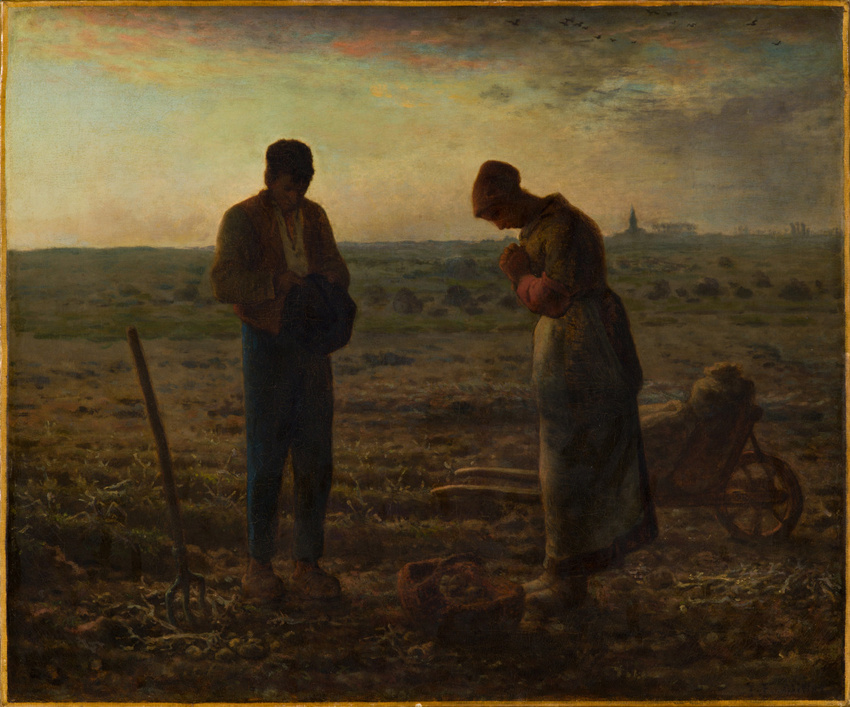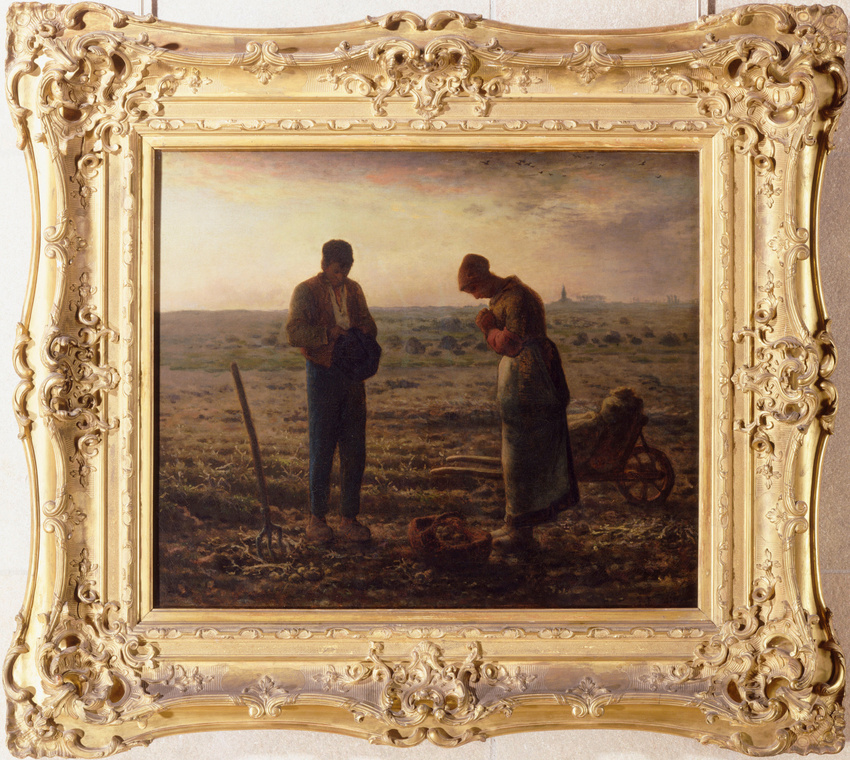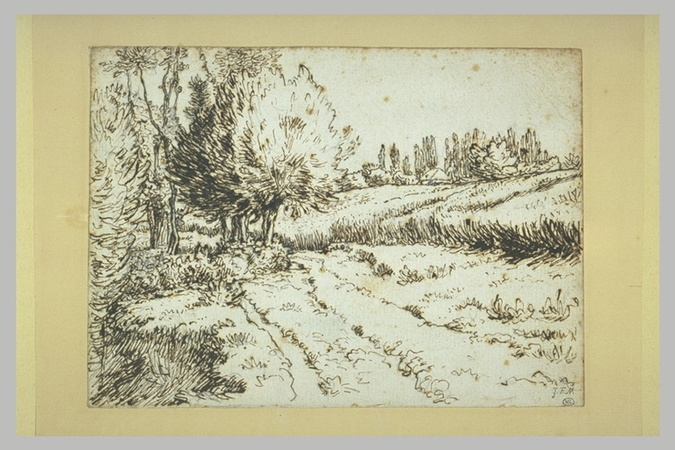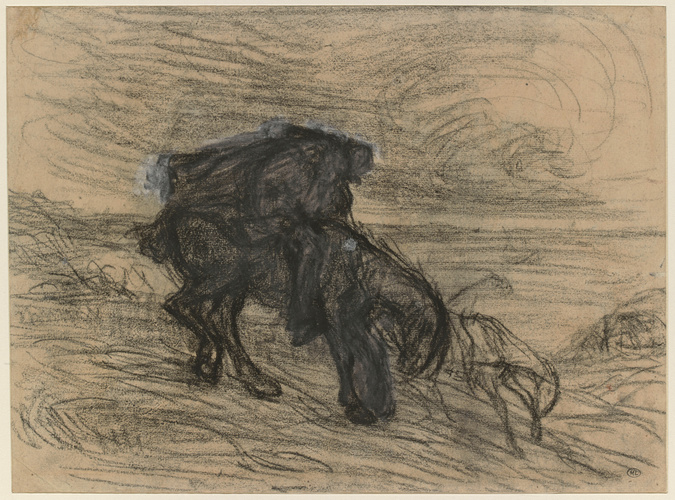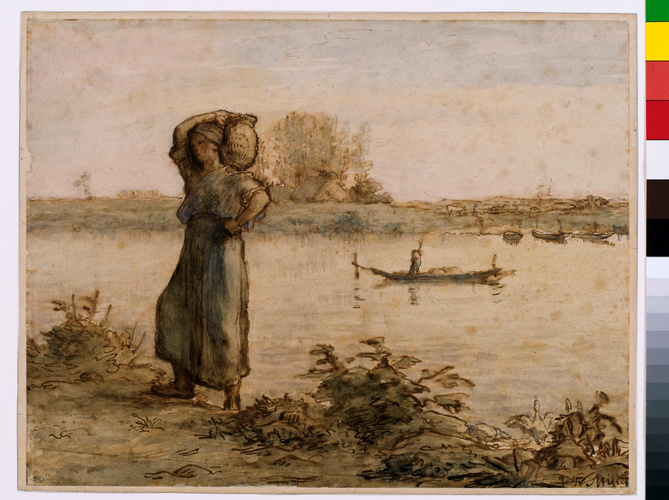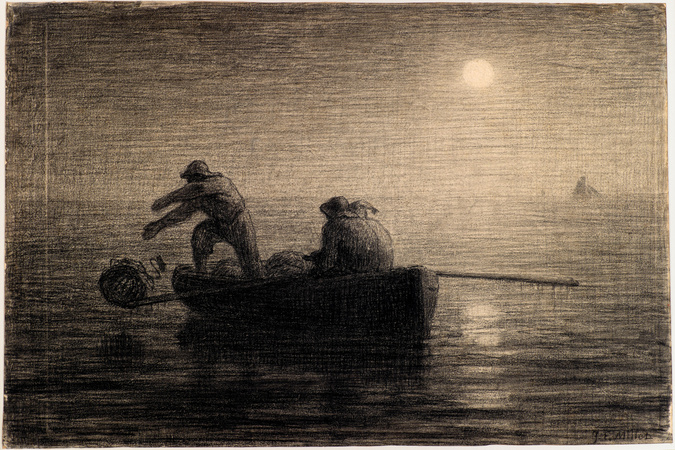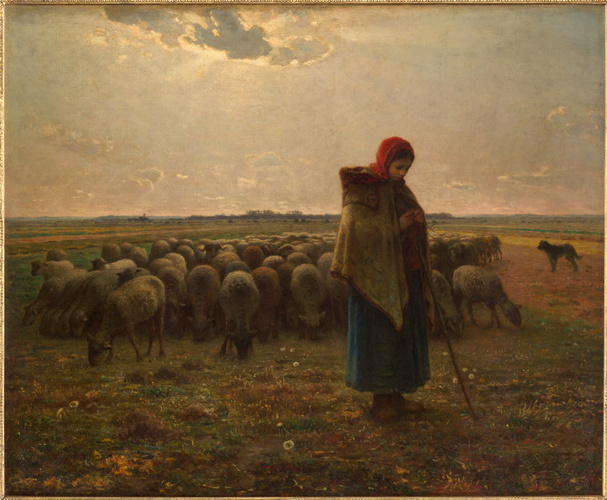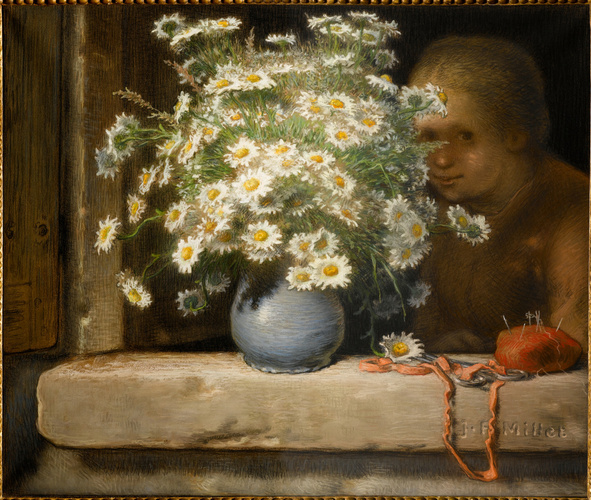-
[sans titre]
-
galerie Pierre Petit
-
France,
Paris, 1865
-
Exposition Universelle
-
Champ-de-Mars
-
France,
Paris, 1867, n°480
-
[sans titre]
-
galerie Durand-Ruel
-
France,
Paris, 1872
-
Summer exhibition of the Society of French Artists
-
galerie Durand-Ruel
-
Royaume-Uni,
Londres, 1872
-
Exposition rétrospective de tableaux et dessins de maîtres modernes
-
galerie Durand-Ruel
-
France,
Paris, 1878, n°235
-
J.-F. Millet
-
Ecole nationale supérieure des Beaux-Arts
-
France,
Paris, 1887, n°20
-
The Works of Antoine-Louis Barye... his Contemporaries and Friends
-
American Art Galleries
-
Etats-Unis,
New York, 1889, n°618
-
Exposition Universelle
-
Champ-de-Mars
-
France,
Paris, 1889, hors catalogue
-
Exposition d'art français
-
comité France-Amérique
-
Brésil,
Sao Paulo, 1913, n°713
-
[sans titre]
-
organisme inconnu
-
Etats-Unis,
Philadelphie, 1926
-
Exposition d'art français XIXe
-
organisme inconnu
-
Danemark,
Copenhague, 1928, n°100
-
Fransk Malerkonst
-
organisme inconnu
-
Suède,
Stockholm, 1928
-
Fransk Mlarkunst fra David til Courbet
-
organisme inconnu
-
Norvège,
Oslo, 1928
-
Exposition de treize chefs-d'oeuvre du musée du Louvre
-
préfecture
-
France,
Cahors, 1945, n°7
-
Paysans de France
-
ville
-
France,
Nantes, 1947, n°62
-
De David à Cézanne
-
palais des Beaux-Arts
-
Belgique,
Bruxelles, 1947-1948, n°62
-
Masterpieces of Religious Art
-
The Art Institute of Chicago
-
1954
-
Od Davida do Cezanne'a
-
organisme inconnu
-
Pologne,
Varsovie, 1956, n°71
-
Le Second Empire de Winterhalter à Renoir
-
musée Jacquemart-André
-
France,
Paris, 1957, n°207
-
Jean-François Millet
-
Galeries nationales du Grand Palais
-
France,
Paris, 1975-1976
-
L'Angelus de Millet - Tendances du Réalisme en France 1848-1870
-
National Museum of Western Art
-
Japon,
Tokyo, 1982, n°9
-
Jean-François Millet
-
Museum of Fine Arts
-
Etats-Unis,
Boston, 1984
-
Paris-Bruxelles/Bruxelles-Paris
-
Galeries nationales du Grand Palais
-
France,
Paris, 1997, n°79
-
Paris-Bruxelles/Bruxelles-Paris
-
musée des Beaux-Arts
-
Belgique,
Gand, 1997, n°79
-
Jean-François Millet et le Naturalisme en Europe
-
Bunkamura Museum of Art
-
Japon,
Tokyo, 2003
-
Jean-François Millet et le Naturalisme en Europe
-
Fukuoka City Museum
-
Japon,
Fukuoka, 2003
-
Impressionisten aus dem Pariser Musée d'Orsay
-
Leopold Museum
-
Autriche,
Vienne, 2005-2006
-
De Millet à Bonnard. La création picturale dans les collections du musée d'Orsay (1848-1914)
-
Hangaram Art Museum
-
Corée, République de,
Séoul, 2007
-
Millet and his Time : Masterpieces from the Musée d'Orsay
-
National Museum of History
-
Taïwan, Province de Chine,
Taïpei, 2008
-
Créativité. Exposition universelle de Shangaï
-
Pavillon France
-
Chine,
Shanghai, 2010, p. 96, n°2, repr.
-
Le musée imaginaire. Le centenaire du musée Pouchkine
-
The Pushkin State Museum of Fine Arts
-
Russie, Fédération de,
Moscou, 2012, p.130-131
-
Dalí
-
musée national d'art moderne
-
France,
Paris, 2012-2013
-
Naissance de l'impressionnisme
-
National Art Center
-
Japon,
Tokyo, 2014
-
Bellezza divina. Tra Van Gogh, Chagall e Fontana
-
Palazzo Strozzi
-
Italie,
Florence, 2015-2016
-
Jean-François Millet
-
musée des Beaux-Arts
-
France,
Lille, 2017-2018
